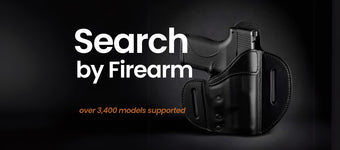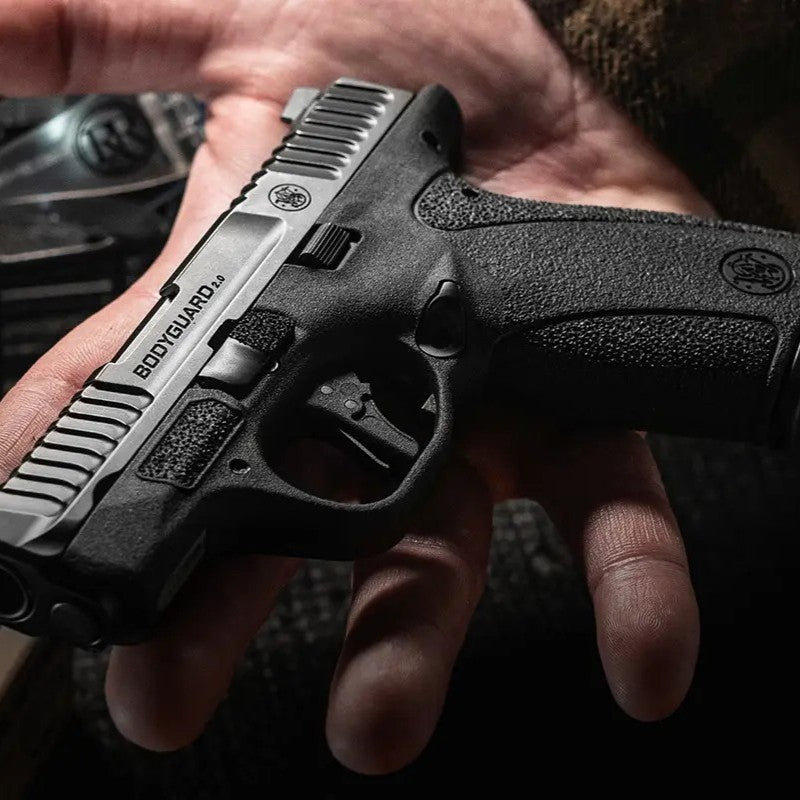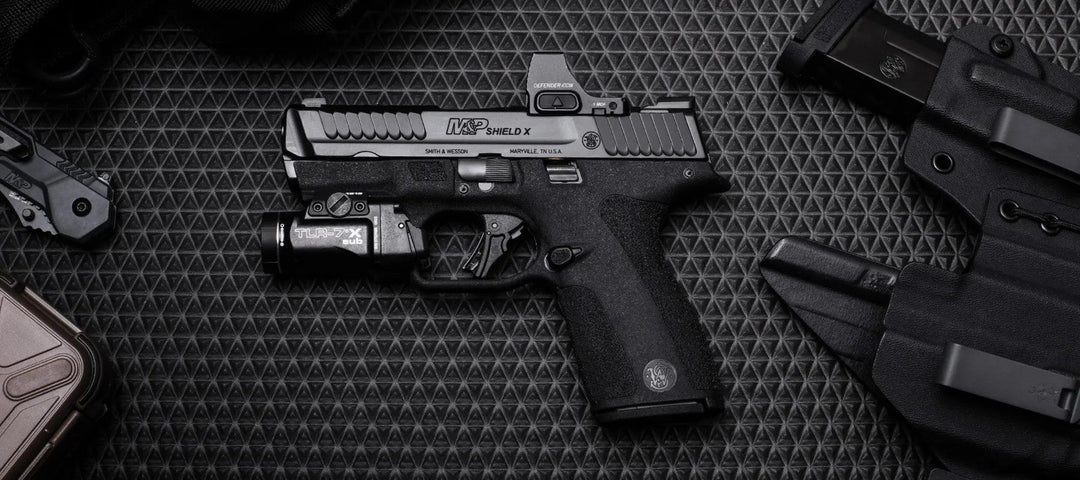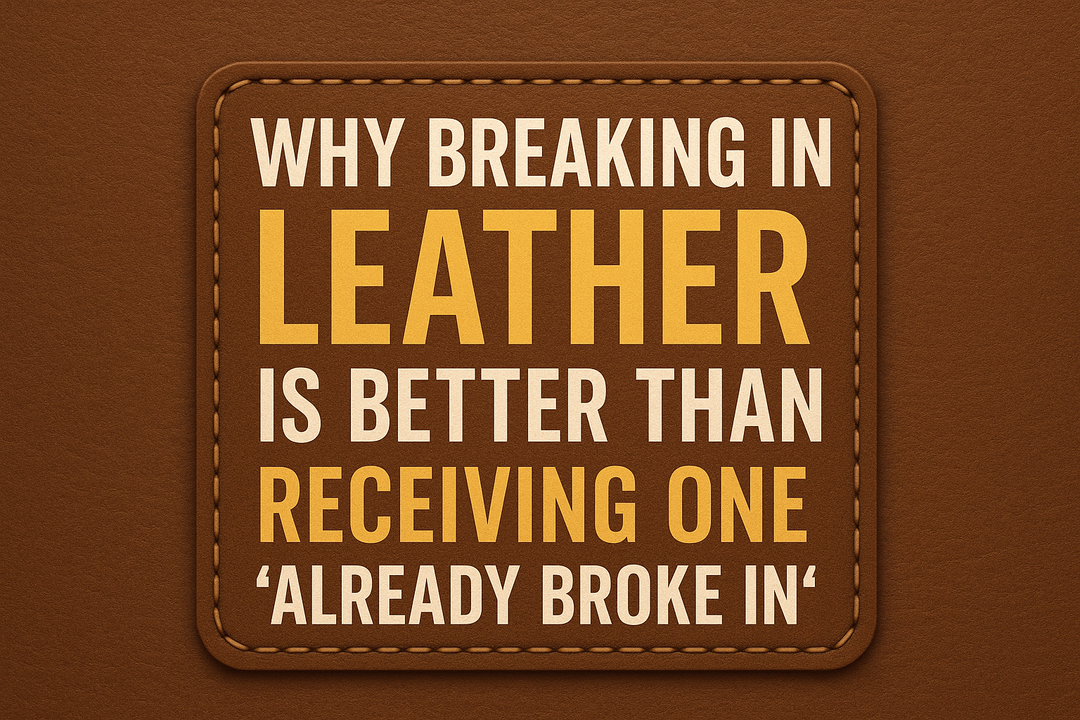Back to Basics: Gun Safety & Responsible Shooting Habits
In today’s world of polymer frames, red-dot sights, and high-capacity magazines, it’s easy to get caught up in gear upgrades and forget what matters most — the fundamentals of safe, responsible firearm ownership and use. Whether you carry daily, visit the range, or are just starting your journey as a firearms owner, getting back to the basics is the best way to protect yourself and those around you.
This guide covers the core principles of responsible gun ownership, blending secure storage, legal compliance, and safety awareness with a focus on shooting fundamentals that help keep you and others safe.
1. The Platform You Choose Matters
Not all firearms are the same, and your choice should match your purpose and experience level — not just looks or trends. Understanding the general differences between common types of handguns helps ensure you choose a platform that fits your needs:
-
Semi-Automatic Pistols – Popular for self-defense due to capacity and quick reload capability.
-
Revolvers – Known for simplicity and reliability.
-
Ultra-Compact Firearms – Small, concealable, and suited for specific carry purposes.
Safety connection: A firearm that fits your skill level is safer to operate and less likely to lead to mishandling under stress.
2. Caliber Considerations & Control
The caliber you choose affects recoil, capacity, and ammunition availability. While there’s ongoing debate about “best” calibers, responsible ownership means choosing something you can operate confidently and consistently.
Common examples include:
-
9mm – Widely available, moderate recoil.
-
.45 ACP – More recoil, slower follow-up shots.
-
.38 Special / .357 Magnum – Revolver classics.
-
.22 LR – Excellent for training, not ideal for defense.
Safety connection: The most effective caliber is the one you can handle well without sacrificing accuracy or control.
3. Firearm Storage: The Foundation of Gun Safety
No matter what platform or caliber you choose, secure storage is non-negotiable. Proper storage prevents unauthorized access, accidents, and theft.
Best practices include:
-
Keep firearms unloaded when not in use.
-
Store them in a locked safe, cabinet, or with a locking device.
-
Store ammunition separately from firearms.
-
Use additional security like biometric locks for quick but controlled access.
4. Situational Awareness & Safe Shooting Habits
While every owner has their own shooting style, the safest shooters share one trait: a constant awareness of their environment and actions.
Key habits to maintain:
-
Always assume a firearm is loaded.
-
Keep the muzzle pointed in a safe direction at all times.
-
Be sure of your target and what’s beyond it.
-
Keep your finger off the trigger until you’re ready to fire.
These rules don’t just apply at the range — they’re universal for any environment where a firearm is present.
5. Practice With Purpose
Skill doesn’t come from simply putting rounds downrange — it comes from mindful, structured practice. Responsible owners focus on accuracy, consistency, and decision-making over speed or volume of fire.
Safe, structured training might include:
-
Working on safe presentation from a holster in approved environments.
-
Conducting drills that emphasize awareness and control.
-
Practicing safe loading and unloading procedures in a controlled setting.
Safety connection: Practicing the basics under safe, supervised conditions reinforces good habits and prevents dangerous shortcuts.
6. Regular Firearm Maintenance
Even if your firearm spends most of its time in storage, periodic inspection and cleaning are essential for safe operation.
-
Check for visible damage or wear.
-
Follow manufacturer guidelines for care.
-
Keep a simple maintenance log for reference.
7. Why Back to Basics Still Matters
A firearm is a tool — one that demands discipline, respect, and responsibility. No amount of technology or gear can replace the value of safe handling habits, secure storage, and ongoing skill development.
By focusing on the fundamentals — the right platform for your needs, safe storage, legal awareness, and intentional practice — you’re not just protecting yourself. You’re helping ensure a culture of responsibility for every firearms owner who comes after you.
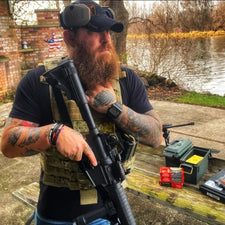
Richard Calvette
Firearms Expert, Urban Carry Holsters
I've been with Urban Carry Holsters since 2020, proudly serving as the Firearms Expert. Before that, I served 8 years in the United States Marine Corps, including a deployment to Iraq from 2009 to 2010. During my time in the Infantry as a Sergeant, I developed a deep interest in the wide range of firearms we used. It fascinated me to learn why specific weapons were chosen for different missions and roles.Breaking into the firearms industry wasn't easy, but persistence paid off. While attending a trade show, I discovered the Sonoran Desert Institute. That opportunity led me to earn an Associate of Science in Firearms Technology, along with certifications as a Pistol Expert and Range Safety Officer.My passion for firearms continues to grow every day. I'm always learning, always improving, and always striving to bring that knowledge and experience to the work we do here at Urban Carry.


